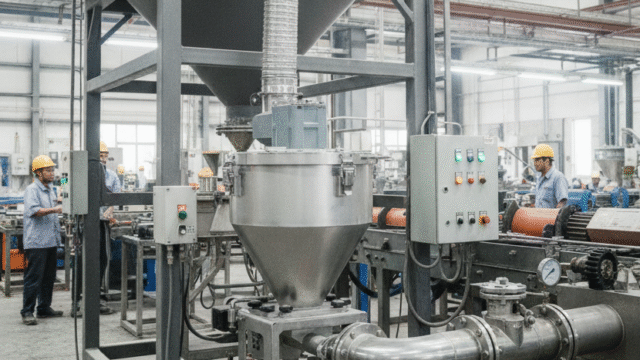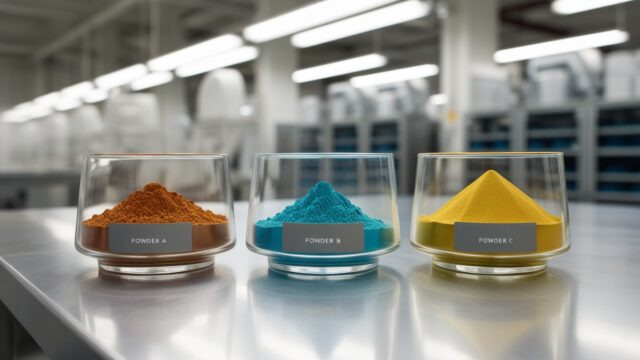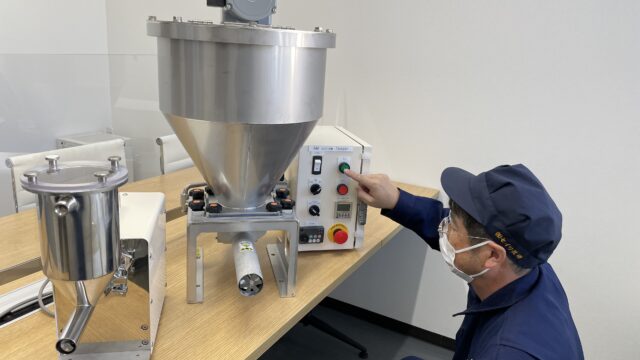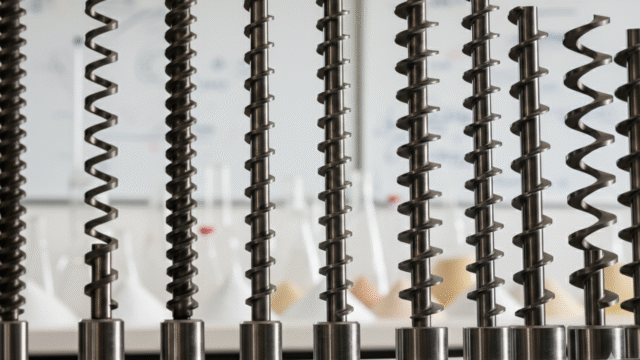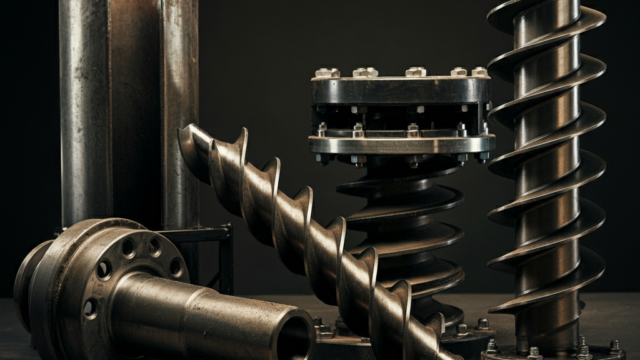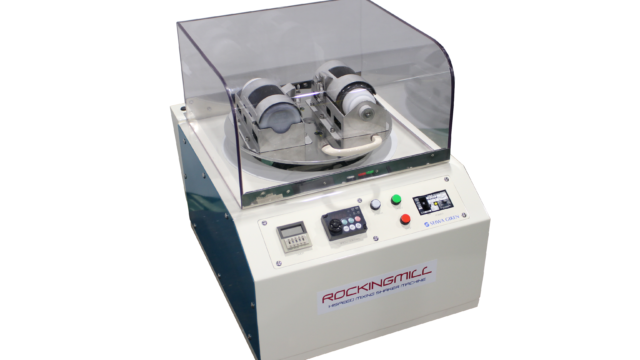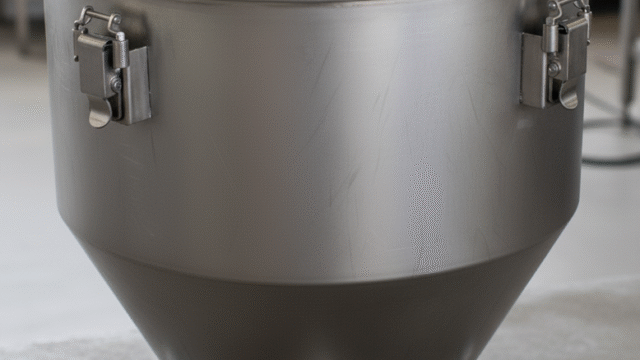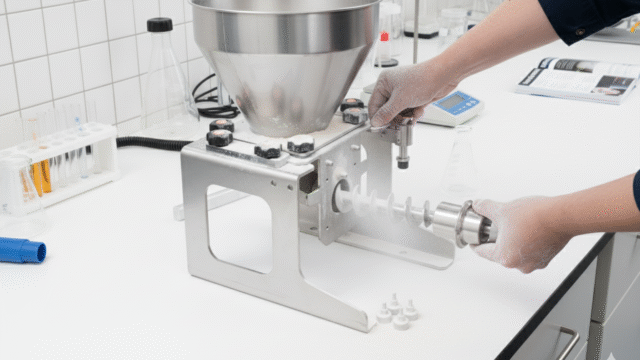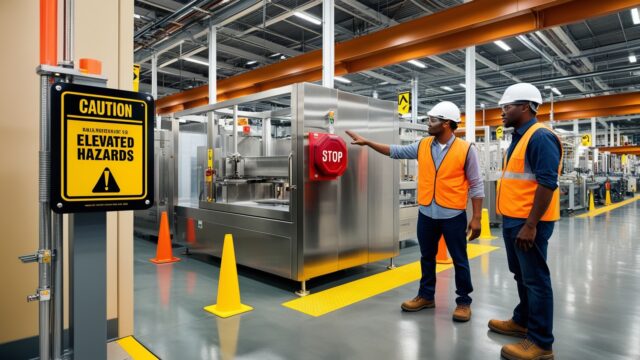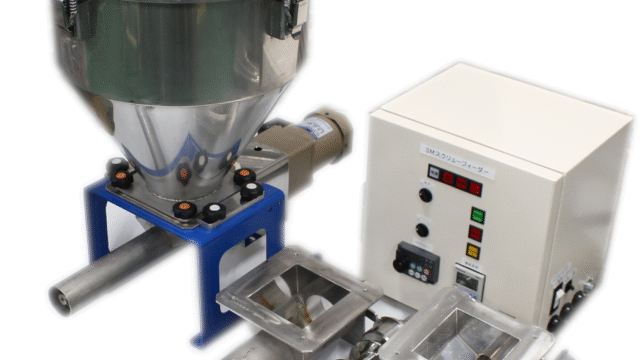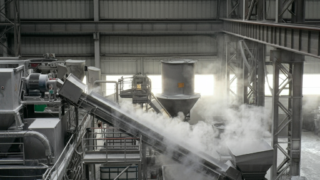1. Why Automation of Powder Feeding is Gaining Attention
In recent years, as automation advances in many manufacturing industries, powder feeding automation has also attracted attention. Powder feeding, when done manually, is prone to measurement errors, unstable supply, and can place a heavy burden on workers. By automating powder feeding within factories, not only can efficiency be improved, but cost reductions and enhanced quality control can also be expected. Among these benefits, the reduction in labor costs is particularly significant and has become a crucial factor in enhancing a company’s competitiveness.
2. The Specific Effects of Labor Cost Reduction
One of the major benefits of automating powder feeding is the reduction in the number of personnel required for the task. In an automated powder feeding system, processes that used to require multiple workers can now be managed by one or a few supervisors. This reduces dependency on labor, making labor cost reduction possible. Additionally, workers can be reassigned to more productive tasks, improving overall productivity.
Moreover, with manual powder feeding, the precision and speed of the supply process often depend on the skill and experience of the workers. Automated systems eliminate such variability, allowing for stable supply. As a result, the overall operational costs of the factory are also reduced.
3. Improvement in Working Conditions and Related Cost Reductions
Automating powder feeding not only directly reduces labor costs but also contributes to improving working conditions. Powder feeding often involves prolonged work and the risk of health issues due to dust exposure. By implementing automated systems, direct contact with powder is minimized, enhancing safety. Improving working conditions helps reduce costs related to employee health management and expenses from absences due to accidents or illness.
Automating powder feeding not only directly reduces labor costs but also contributes to improving working conditions. Powder feeding often involves prolonged work and the risk of health issues due to dust exposure. By implementing automated systems, direct contact with powder is minimized, enhancing safety. Improving working conditions helps reduce costs related to employee health management and expenses from absences due to accidents or illness.
Furthermore, better working conditions can lead to higher employee satisfaction and motivation, which in turn is expected to lower employee turnover rates. A reduction in turnover leads to lower recruitment and training costs, further contributing to labor cost savings.
4. Initial Investment and Its Recovery
The introduction of automated powder feeding systems requires an initial investment. This includes the installation of systems, the purchase of equipment, integration with existing facilities, and training employees on how to operate the new systems. However, in the long term, these initial costs can be fully recovered.
For instance, with manual powder feeding, there is a possibility of frequent errors by workers or delays due to breaks, but automated systems can mitigate these risks and improve operational uptime. This maximizes the operation time of the equipment, ensuring that production schedules are strictly adhered to. In this way, the initial investment can often be recovered in a short period, leading to long-term profits.
5. The Future of Automation and Sustainability
The automation of powder feeding not only enhances productivity but is also a crucial step toward realizing sustainable manufacturing processes. In addition to labor cost reduction, automation can help reduce energy consumption and material waste, minimizing environmental impact. Automated systems promote energy-efficient operations and precise control of feed quantities, supporting sustainable management.
As technology continues to evolve, the integration of AI and IoT with powder feeding systems is expected to enable even more advanced optimization. This will lead to further cost reductions and improved efficiency, strengthening a company’s competitiveness in the future.
6.Conclusion
The automation of powder feeding brings numerous benefits to companies, including the reduction of labor costs. In addition to cutting labor, improving working conditions, and increasing production efficiency, automation can contribute to establishing sustainable manufacturing processes in the long run. Although initial investment is required, considering the long-term profits, the adoption of automation is a highly valuable option for companies.supply issues.


